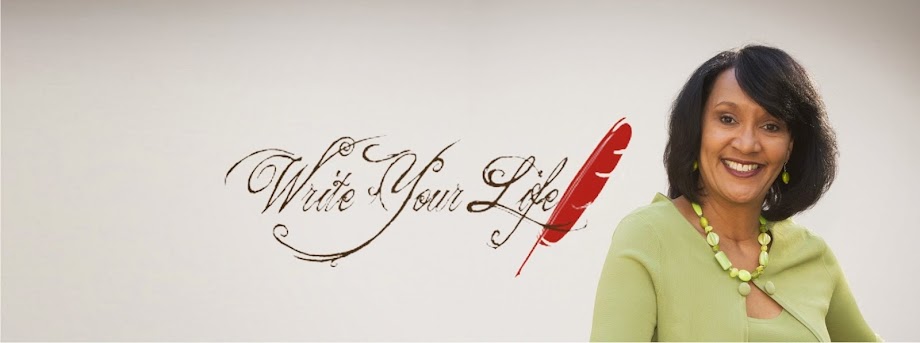Many think the hardest part of publishing a book is writing it, but that’s the easiest part for most authors. Marketing is equally important.
Even before you publish, think about who the primary reader of your book will be. Then identify companies who market to that demographic and could benefit from buying BOXES or even TRUCKLOADS of your book. Here are some ideas for generating special market sales.
Books sold to special markets are typically discounted from the retail price and/or offer customization of the book cover and possibly an interior page. With print-on-demand printing, you can even customize small quantities of 50 or 100 books affordably.
Can companies use your book as a training tool?
When re-releasing a new version of his book, Never Fry Bacon in the Nude, author Stone Payton contacted a company that uses his book in their sales training. He offered to customize the book by adding their company name to the front cover, replacing the ISBN on the back cover with their company logo and adding a page with a custom message from the president just after the title page. The company purchased 100 custom copies of Never Fry Bacon and gave the book to employees at the quarterly sales meeting.
As a supplement to his speaking fee, Stone also offers customized versions of his book to organizations that hire him for keynote presentations.
Do the companies mentioned in your book give out promotional items?
Approach those companies prominently and positively featured in the content of your book. Suggest a customized version of your book as their next tradeshow giveaway or to be packaged as a gift with purchase of a new product or service they are launching.
Does your book have a motivational message?
Approach top-level distributors in multi-level marketing (MLM) companies to purchase your book as a gift to those in their down-line. Rich Dad Poor Dad author Robert Kiyosaki encourages people to get into their own business. Bulk sales of his book to MLM distributors helped his book gain national exposure.
Is your book location specific?
TW Lawrence, author of an anthology of short stories titled Take Me to Texas, sold 100 copies of his book to a partner of a law firm in Texas. While he didn’t customize the cover or content of the book, each book was hand-signed specifically to each person on the attorney’s holiday gift list.Get creative, think big and don’t be afraid to ask. Put on your marketing hat, or call a professional like Anita Paul or Vanessa Lowry to develop your strategy to sell boxes … or even truckloads … of your book.
____________




